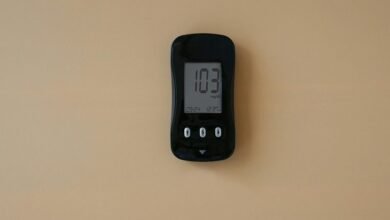Flicker Frequency: 6159289300

Flicker frequency, represented by the identifier 6159289300, significantly influences visual perception and comfort. This specific value underscores the varying impacts of flicker rates on human experiences in diverse environments. Optimizing these frequencies could enhance user engagement while reducing adverse health effects. The implications extend across technology and design, warranting further examination of how such factors contribute to overall well-being in everyday settings. What remains to be explored are the broader consequences of these findings.
Understanding Flicker Frequency
Flicker frequency refers to the rate at which a light source alternates between light and dark, a phenomenon that can significantly impact visual perception and comfort.
Variations in flicker frequency influence flicker perception, potentially leading to discomfort or fatigue. Understanding these dynamics is essential for designing environments that promote visual comfort, thereby enhancing overall well-being and allowing individuals to experience freedom from distracting visual stimuli.
The Significance of 6159289300
The number 6159289300 holds significance in various fields, particularly in mathematics and data analysis, where it may represent a unique identifier, a code, or a numerical value with specific applications.
Its association with flicker perception highlights its relevance in understanding frequency impact on human perception. This understanding facilitates advancements in fields requiring precise flicker frequency measurements, ultimately enhancing user experience and environmental interaction.
Applications in Technology and Design
As technology continues to evolve, the application of flicker frequency principles becomes increasingly vital in various design contexts.
The flicker effect can enhance visual design by influencing user engagement and aesthetic appeal. Designers leverage optimal flicker rates to create captivating displays, ensuring that visual stimuli align with cognitive processing capabilities.
This strategic application improves both functionality and user experience across multimedia platforms and interactive environments.
Implications for Human Health and Perception
Exposure to varying flicker frequencies can significantly influence human health and perception, particularly in relation to visual comfort and neurological responses.
Individuals with heightened flicker sensitivity may experience visual discomfort, leading to adverse effects such as headaches and reduced productivity.
Understanding these implications is crucial for developing lighting solutions that promote well-being and enhance overall quality of life, especially in environments requiring prolonged visual engagement.
Conclusion
In the intricate tapestry of visual perception, flicker frequency, epitomized by the identifier 6159289300, emerges as a vital thread. Its significance extends beyond mere aesthetics, weaving together elements of technology, design, and human health. By harmonizing flicker rates, designers can orchestrate environments that not only captivate the eye but also nurture well-being. The continuous pursuit of understanding flicker frequency promises to illuminate pathways toward more engaging and health-conscious spaces, transforming the mundane into the extraordinary.





